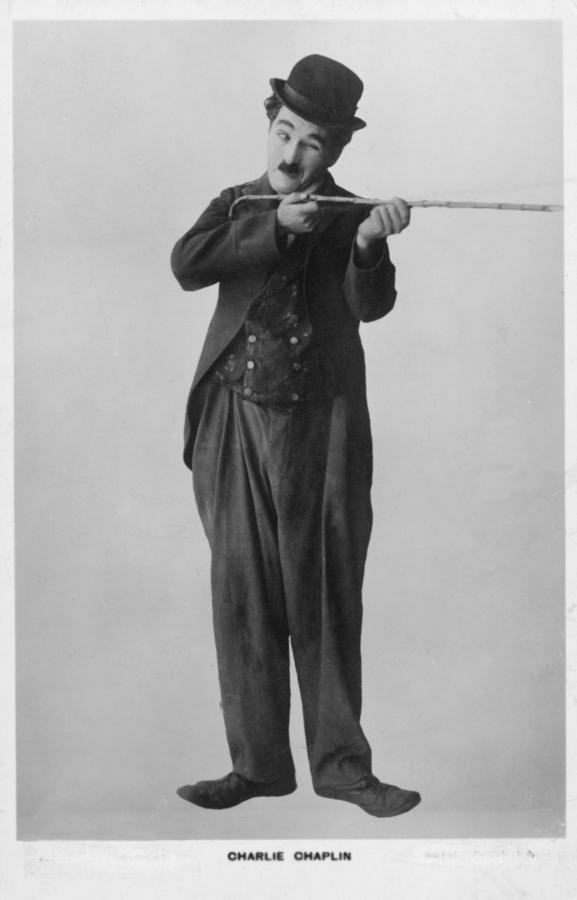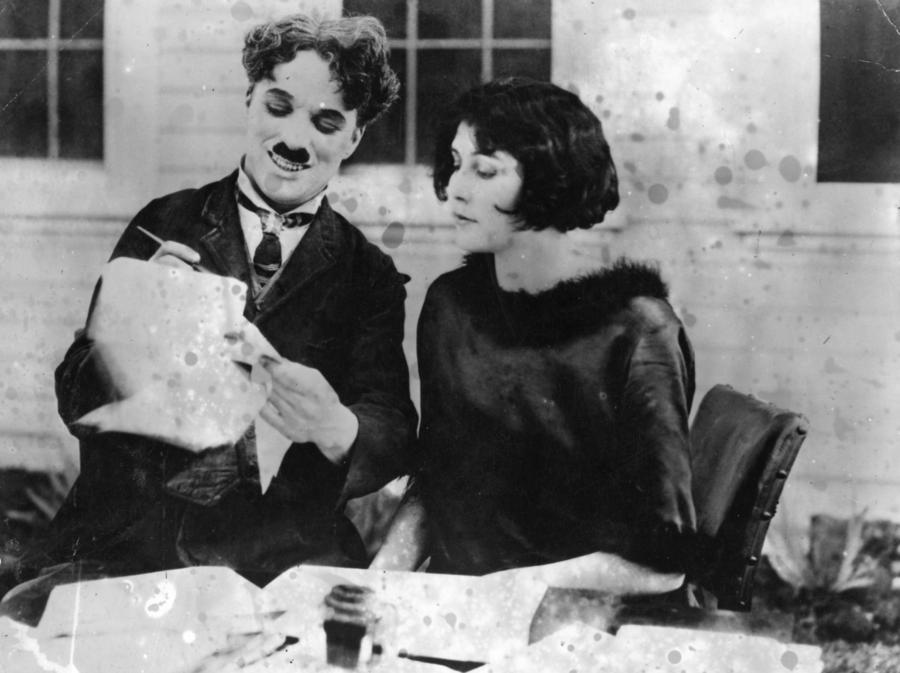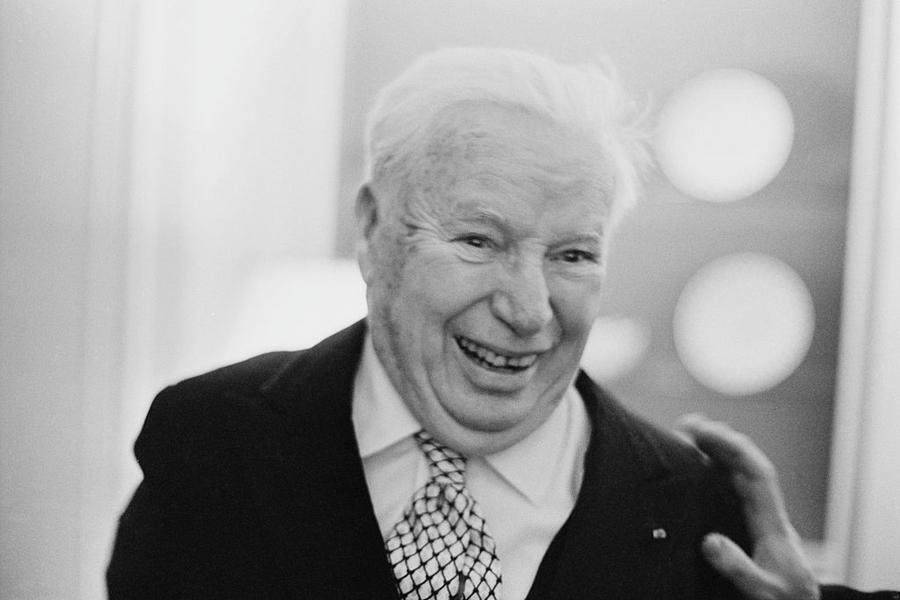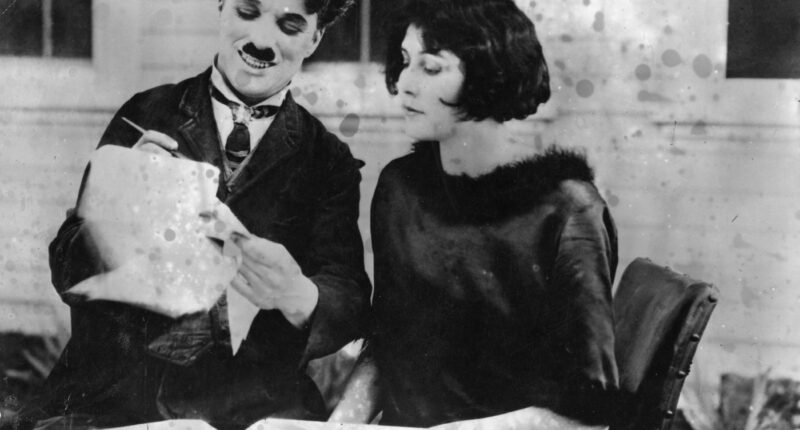Share this @internewscast.com
Charlie Chaplin was more than just a silent film star, he was one of the architects of modern cinema. With his signature bowler hat, toothbrush mustache, and cane, Chaplin became one of the most recognizable figures in the world, entertaining audiences with a blend of slapstick, sentimentality, and sharp social commentary. His character, “The Tramp,” remains one of the most enduring icons in film history. Over a career that stretched more than 75 years, Chaplin wrote, directed, produced, edited, scored, and starred in films that continue to define the medium.
But Chaplin’s story is not just about art. It is about resilience, risk-taking, and extraordinary wealth. Born into poverty in London, Chaplin’s rise to global superstardom was as unlikely as it was dramatic. By the time he reached the height of his career, he was not only the most famous entertainer in the world but also one of the highest-paid and most financially savvy. He negotiated record-breaking contracts, founded his own distribution company, and amassed a fortune that would have been unthinkable to the boy who once performed on the streets of London for pennies.
And yet, Chaplin’s wealth was almost derailed by scandal, political persecution, and exile. His personal life was as dramatic as any of his films, full of messy divorces, government investigations, and risky financial maneuvers. In the end, Chaplin managed to safeguard his empire, leaving behind a fortune that, when adjusted for inflation, equals more than half a billion dollars today. At his death in 1977, he left at least $100 million to his wife Oona, the equivalent of about $533 million in today’s dollars.

Edward Gooch Collection/Hulton Archive/Getty Images
Early Life and Career Beginnings
Charlie Chaplin was born in London in 1889 to parents who worked as entertainers in the city’s music halls. His childhood was marked by poverty and instability. His father died when Chaplin was young, and his mother suffered from severe mental illness, eventually being committed to an asylum when Charlie was just 14. By then, Chaplin was already performing on stage to help support himself.
At 19, Chaplin joined Fred Karno’s comedy troupe, where he developed the physical comedy skills that would later define his career. In 1914, he made his film debut in “Making a Living.” Within a year, his “Tramp” character had become a cultural sensation, and Chaplin began commanding some of the highest salaries in Hollywood.
- 1915: Signed with Essanay for $1,250 per week plus a $10,000 bonus (around $250,000 today).
- 1916: Signed a new deal for $10,000 per week and a $150,000 bonus.
- 1918: Signed with First National for $1 million for eight films.
- 1919: Co-founded United Artists with Douglas Fairbanks, Mary Pickford, and D.W. Griffith, giving him unprecedented creative and financial control.
His first major hit under United Artists was “The Kid” in 1921, cementing his global superstardom.
Stardom and Financial Savvy
Chaplin was not just an actor but a one-man studio. He wrote, directed, edited, produced, and even composed the music for his films. This control not only gave him creative freedom but also allowed him to reap the full financial rewards of his work. At one point in the 1920s, his estate was valued at $16 million, the equivalent of about $215 million today.
He went on to direct 11 feature films, including classics such as:
- “The Gold Rush” (1925)
- “City Lights” (1931)
- “Modern Times” (1936)
- “The Great Dictator” (1940)
His influence was so profound that TIME later named him one of the “100 Most Important People of the 20th Century.”

Topical Press Agency/Getty Images
Turmoil, Exile, and Oona O’Neill
Chaplin’s personal life was as turbulent as his professional life was triumphant. He married four times: Mildred Harris, Lita Grey, Paulette Goddard, and finally Oona O’Neill, the daughter of Nobel Prize-winning playwright Eugene O’Neill. When Chaplin married Oona in 1943, he was 53 and she had just turned 18. Despite skepticism about their age difference, the marriage lasted until his death, producing eight children.
In the 1940s, Chaplin’s films turned more satirical, which coincided with declining popularity. Worse, he came under attack during the McCarthy era. In 1952, while aboard the Queen Elizabeth, Chaplin was informed that he would not be allowed to return to the United States unless he testified about his political beliefs. Rather than fight, Chaplin and Oona relocated to Switzerland, where they would live for the rest of their lives.
The Buried Fortune
Chaplin had long feared losing access to his fortune, so he devised a remarkable plan. He added Oona as a cosigner to his U.S. accounts and even buried cash in the backyard of his Beverly Hills estate. When Oona returned to America later that year, she literally dug up the money, converted it into $1,000 bills, and sewed them into the lining of her mink coat to carry the wealth safely to Europe.
Final Years and Legacy
Though exiled, Chaplin’s reputation was eventually restored. In 1972, he returned to the U.S. to accept an Honorary Academy Award for “making motion pictures the art form of this century.” The 12-minute standing ovation he received remains the longest in Oscar history.
When Chaplin died on Christmas Day in 1977 at his estate in Switzerland, the exact value of his estate was difficult to calculate. What is certain is that he left at least $100 million to his wife Oona. Adjusted for inflation, that is the equivalent of $533 million today.
More than four decades later, Chaplin’s wealth, influence, and artistry remain as extraordinary as the life he lived.

William Lovelace/Daily Express/Hulton Archive/Getty Images
(function() {
var _fbq = window._fbq || (window._fbq = []);
if (!_fbq.loaded) {
var fbds = document.createElement(‘script’);
fbds.async = true;
fbds.src=”
var s = document.getElementsByTagName(‘script’)[0];
s.parentNode.insertBefore(fbds, s);
_fbq.loaded = true;
}
_fbq.push([‘addPixelId’, ‘1471602713096627’]);
})();
window._fbq = window._fbq || [];
window._fbq.push([‘track’, ‘PixelInitialized’, {}]);






